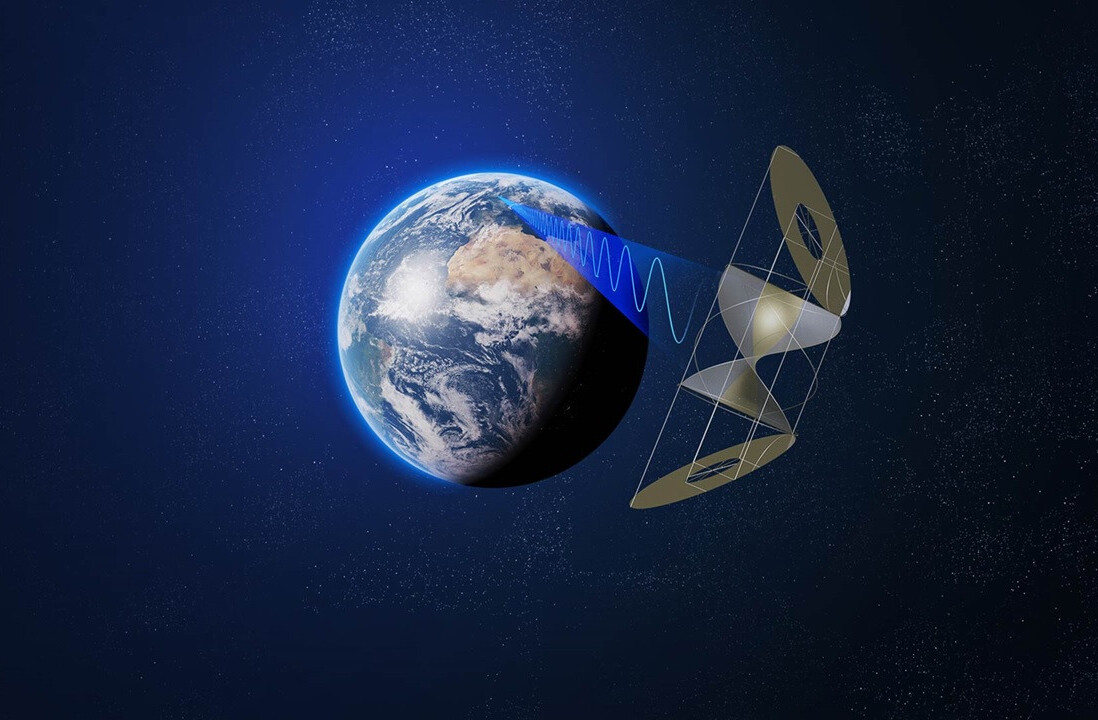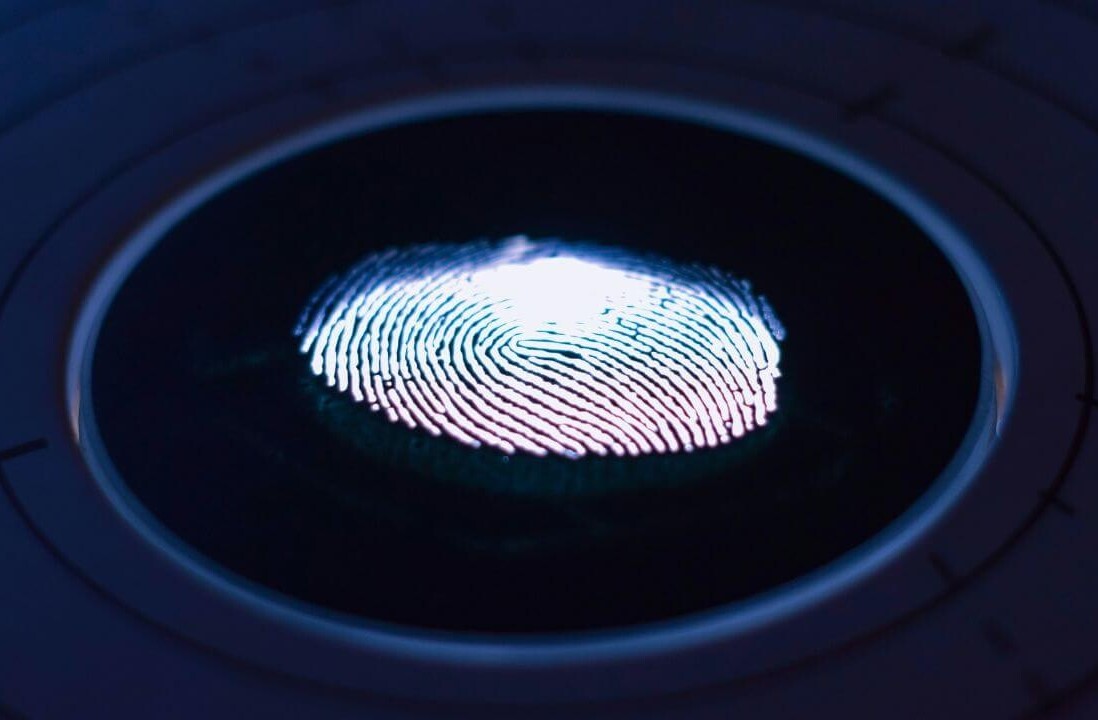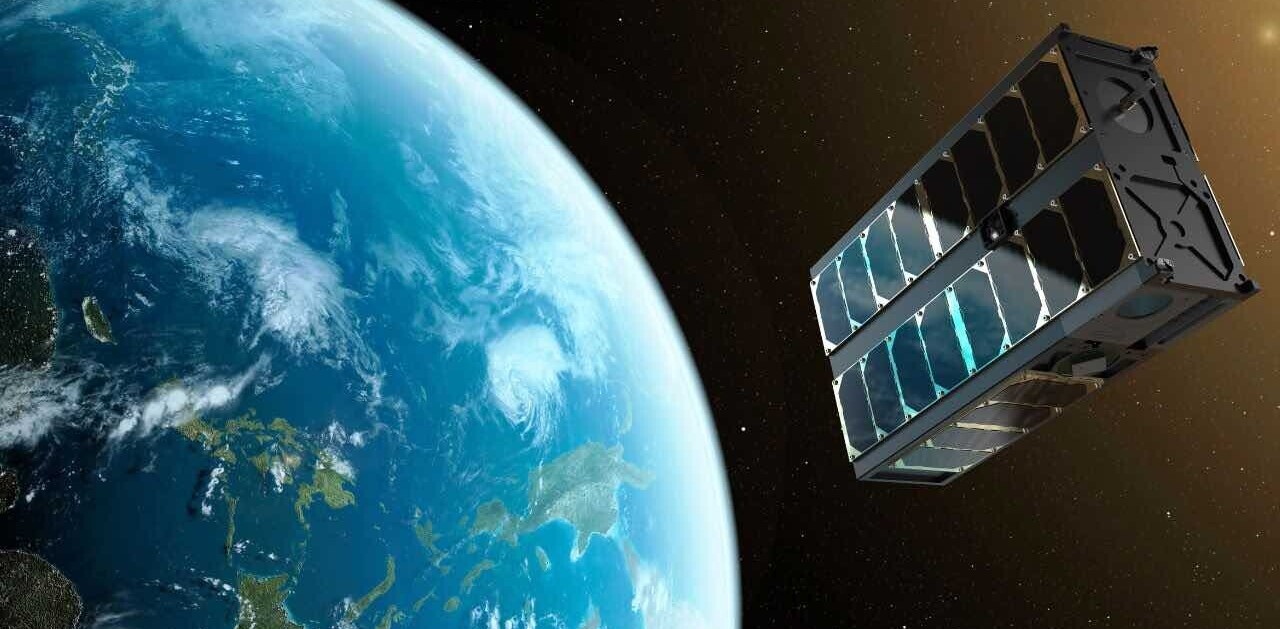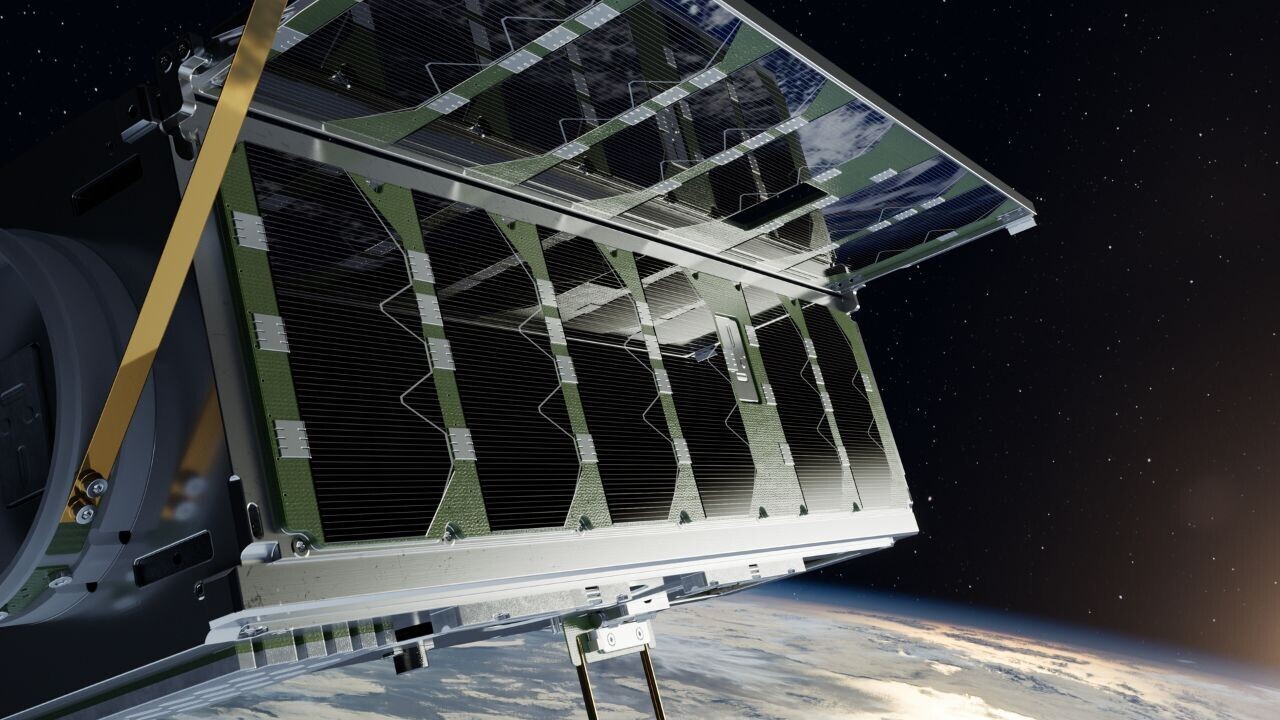
Estonia’s ESTCube-2 satellite is set for takeoff this week with an ambitious mission: the first demonstration of “plasma brake” technology to deorbit satellites faster and help reduce space debris.
To achieve this, ESTCube-2 will also for the first time use electric sail (or e-sail) technology. This is a type of tether devised by Pekka Janhunen of the Finnish Meterological Institute (FMI) as a propellant-free mechanism of exploring the Solar System.
The satellite’s e-sail is an interweaved aluminium tether line 50 metres in length. It’s made up of 50-micrometre wires, no bigger than the average human hair.
In low-Earth orbit, the charged tether will repel the nearly stationary plasma making up our planet’s ionosphere, creating a breaking effect. This will slow down the satellite enough for Earth’s gravity to pull it deeper into the atmosphere. Then, the atmospheric drag will eventually burn it up. The whole process would take less than two years.
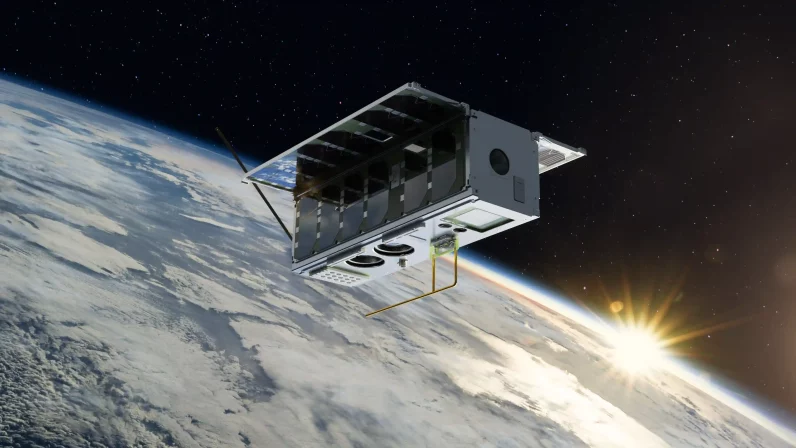
If successful, the mission will demonstrate that plasma braking offers a low-cost, low-mass method to quickly deorbit satellites after the end of their life.
“Historically, tethers have been prone to snap in space due to micrometeorites or other hazards, so ESTCube-2’s net-like microtether design brings added redundancy with two parallel and two zig-zagging bonded wires,” explained Janhunen.
ESTCube-2 is essentially a three-unit CubeSat — a low-cost satellite made up of 10cm box-sized units. Notably, it’s designed and built by a team of volunteer students from the University of Tartu in Estonia, with support and supervision from the Tartu Observatory.
Beyond its deorbiting mission, the satellite has three more goals: to survey Estonian vegetation; investigate the corrosive effects of atomic oxygen found at the top of the atmosphere in 16 materials; and transmit a software-defined radio for amateur radio tests.
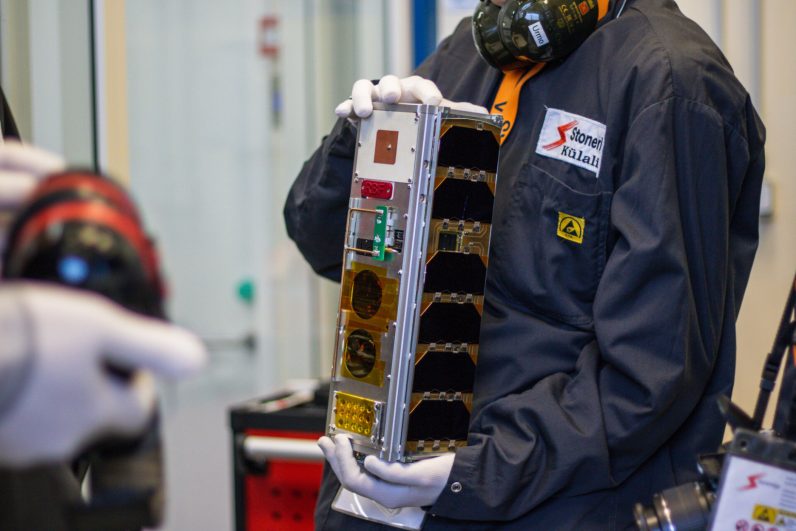
Estonia’s second satellite will launch a decade after its predecessor, ESTCube-1, which failed to deployed an e-sail payload back in 2013.
“The ESTCube-2 team has invested eight years of development work in order to have another chance of testing the revolutionary e-sail propulsion concept in orbit”, said University of Tartu associated professor Andris Slavinskis, associate professor at University of Tartu, who led the transition between the two satellites.
A follow-up mission is already in the works to test the technology beyond Earth’s orbit as a means of deep space propulsion.
ESTCube-2 will takeoff on Saturday onboard the ESA’s Vega VV23 flight from Europe’s spaceport in French Guiana.
Get the TNW newsletter
Get the most important tech news in your inbox each week.

